11+ Fashion Portfolio Catalog Examples to Download
A common misconception that surrounds the fashion world is that fashion designers, stylists, and models have it easy. Anybody can start a career in this industry, all that anyone ever needs is a good eye for fashion, isn’t that right? You may also see real estate catalog designs & examples.
Fashion Portfolio Template Example

Fashion Portfolio Lookbook Example
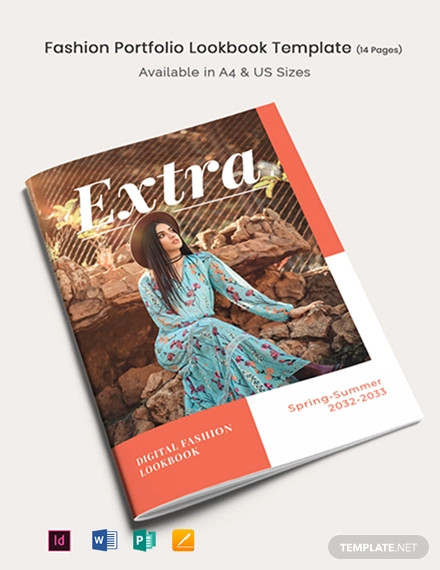
The truth is, fashion is just as complicated as science and art combined. The film adaptation of the famous book The Devil Wears Prada offers us a behind-the-scenes look of how the industry operates.
Though some scenes might have been exaggerated for entertainment purposes, ultimately, the film reflects the struggles and challenges that aspiring individuals in the field have to go through in order to establish a name for themselves. You may also like product catalog samples.
Like any other industry, you need to prove what you are capable of for potential employers to take notice. This can be achieved with the help of a good portfolio catalog.
Editable Fashion Portfolio Catalog Template
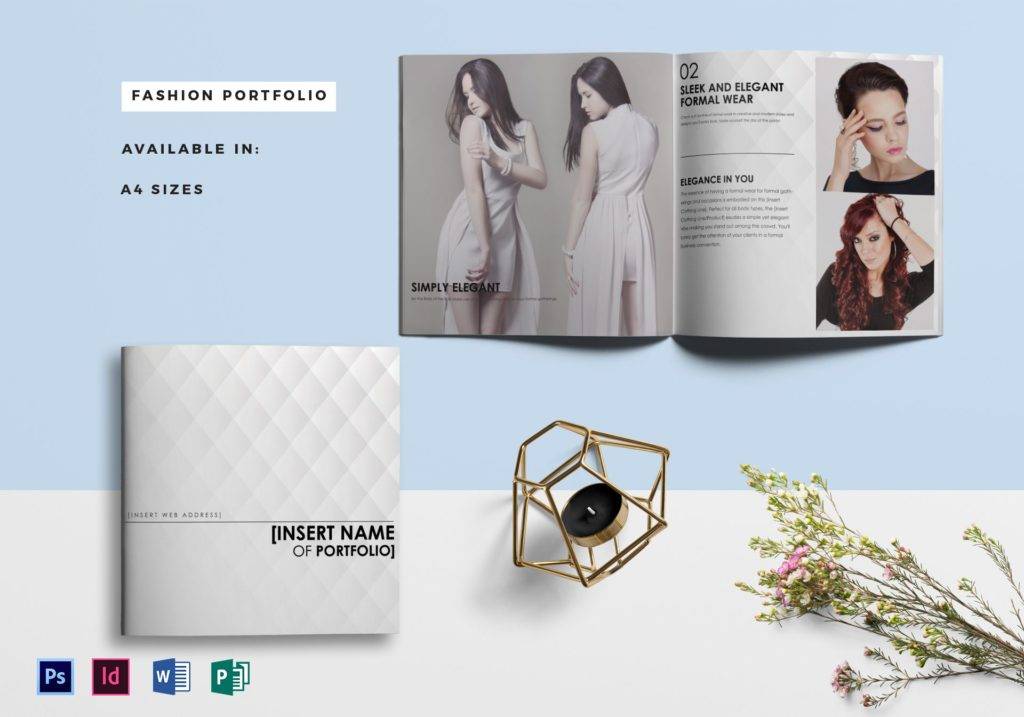
Fashion Portfolio Catalog Example
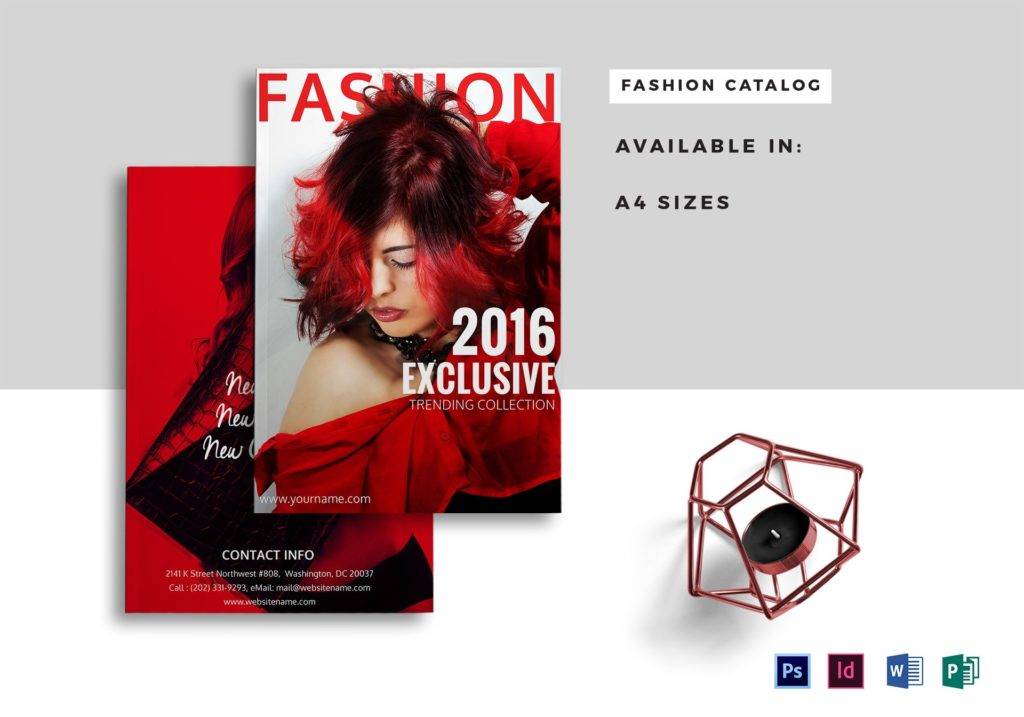
Creative Fashion Portfolio Catalog Example
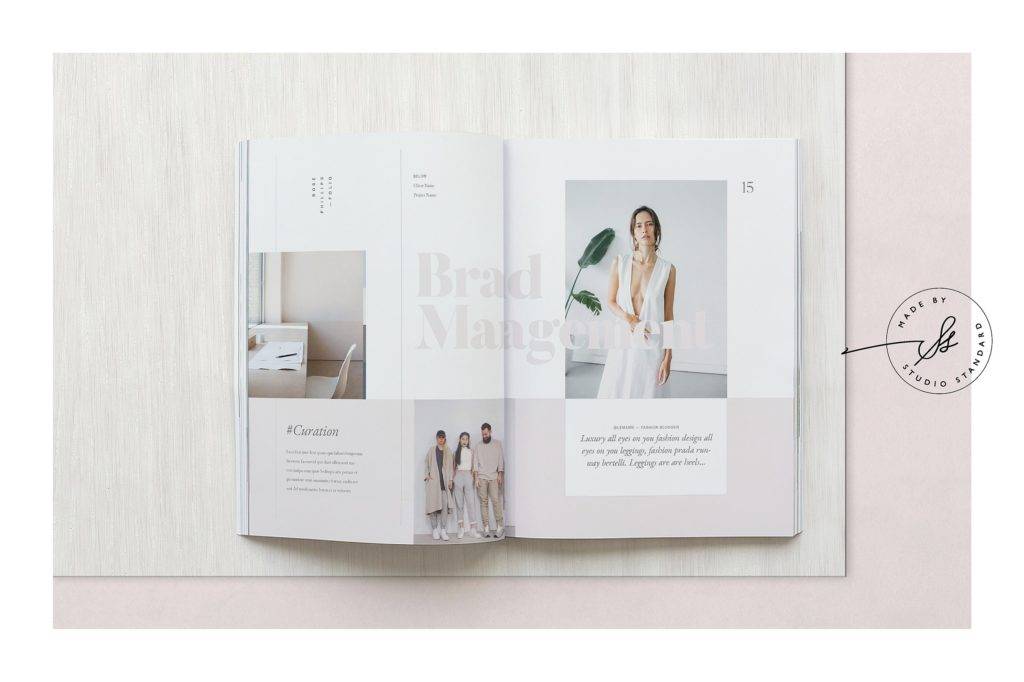
The Importance of Portfolios
“Do you have a portfolio?”
It’s not unusual for clients and hiring managers to ask their applicants for one. When you think about the question itself, it’s pretty simple, and you only need to respond with one of the two options: yes or no. However, putting into context is a whole different matter. You may also see sales catalog designs & examples.
Ask this to a student, and they’re bound to respond with a nervous grin or a deep sigh. You’re likely to get an answer accompanied by a certain explanation as well.
Understanding the significance of a portfolio is the first step to creating one. A portfolio, which can come in any shape or size, is a collection of documents and/or samples of work that are put together to show a prospective employer what you are capable of. It presents your experience, skills, competencies, and talent, which may be required for a particular job role. You may also like multipurpose catalog examples.
Though this may be a common tool for graphic designers and artists to use, just about anyone in the professional world can utilize a portfolio to showcase their best works.
Still not convinced? Here are a few reasons why you should consider building a personal portfolio:
1. It’s a process of self-discovery.
Though it’s obvious that many people create portfolios to highlight things about their career, your portfolio can also be used to help you discover more about yourself. It offers you an in-depth view of how much you’ve grown throughout your career journey, from when you first started to where you are now. You may also check out travel catalog examples.
It presents more than just the facts of your experiences, but a reflection on these experiences as well. This is one of the reasons why several professions and many universities require applicants and students to create a professional portfolio as part of the programs they are in. This can help strengthen their professional goals and build confidence in their skills and abilities.
2. It highlights your accomplishments.
Resumes often communicate your experiences and capabilities in a cold and impersonal manner. Cover letters aren’t any different, either, since all they do is transform the juicy parts of your experiences into several paragraphs. A professional career portfolio, however, emphasizes every significant phase of your career along with how it has brought you to where you are today.
The content of your portfolio must also be tailored according to the specific position you are vying for. It should reflect who you are as a professional as well as what you can contribute to the institution.
3. It can support your resume.
Interviews can be a nerve-wracking experience. The pressure of making a good impression and standing out from competing applicants is enough leave your stomach turning and hands sweating as soon as you come face-to-face with a hiring manager. You might be interested in restaurant catalog examples.
Naturally, you’d want to make sure that an employer remembers you long after the interview has wrapped. This can be done with the help of a good interview portfolio.
An interview portfolio doesn’t need to be your complete portfolio, as long as it contains your most job-specific information and some of your most outstanding works.
Experts suggest preparing multiple copies of this portfolio in case an interviewer would like to keep the document or one of its pages. Other supporting documents that can serve as proof of your accomplishments, such as an award certificate, may also be included. You may also see business catalog designs & examples.
Minimal Fashion Portfolio Catalog Example
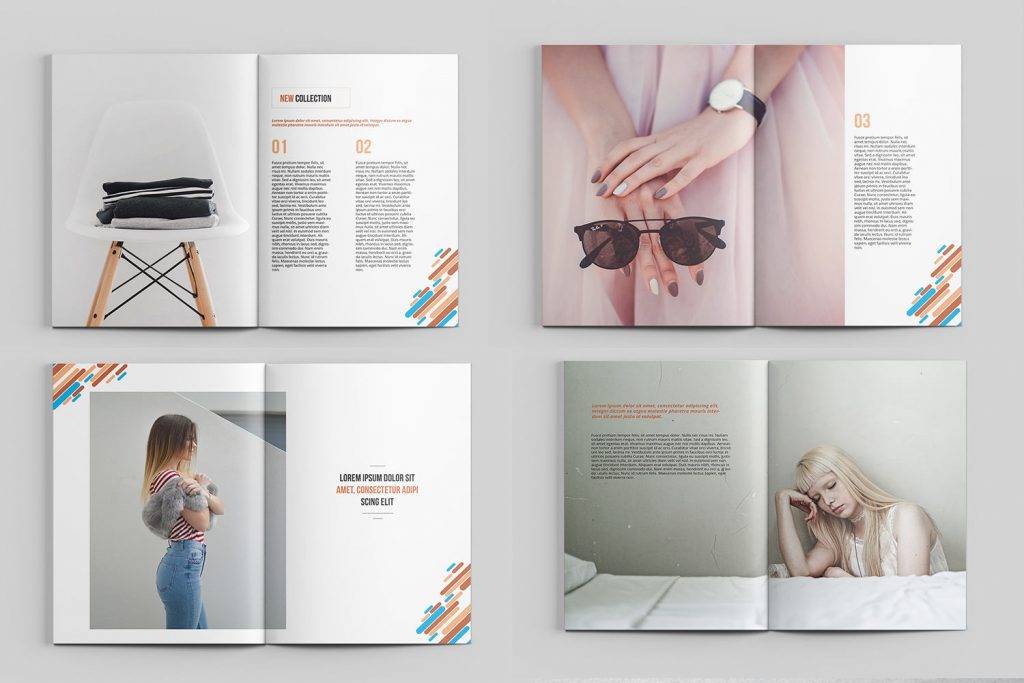
Fashion Design Portfolio Catalog Example
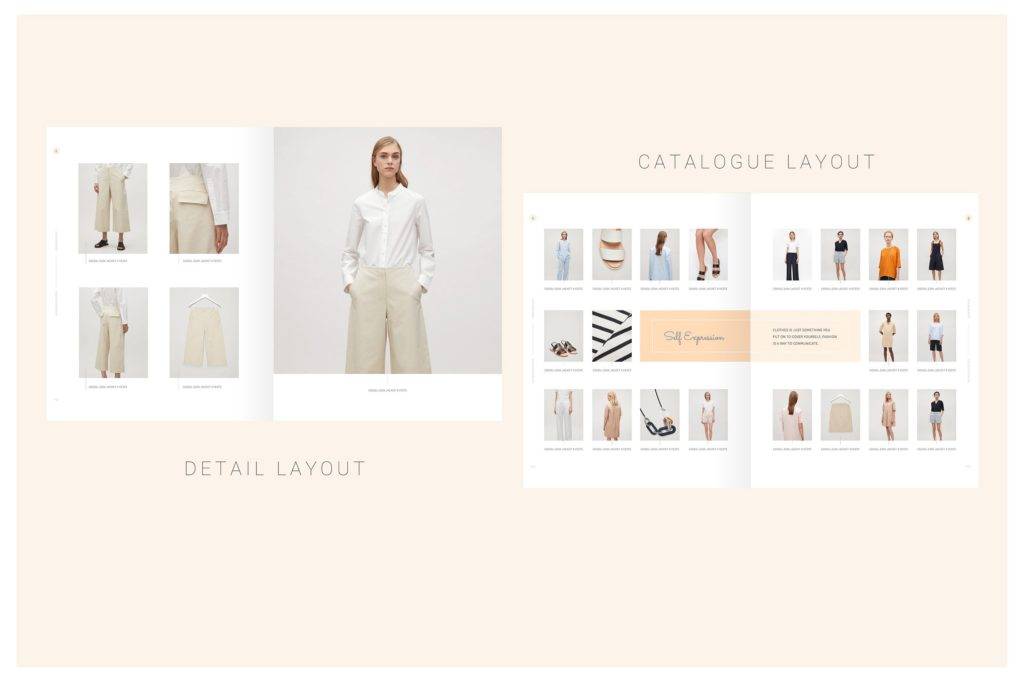
How Awesome Fashion Portfolios Are Made
The world of fashion design shows no mercy. You could be on top of your game one day, and watch yourself crash and burn the next. It’s not that people won’t bother remembering what you did or what you can do, it’s just that somebody better could come along and take your place faster than you could say, “Givenchy.” You may also like wholesale catalog designs and examples.
To make yourself stand out in an aesthetics-driven field, you need to pay attention to how your portfolio looks. The portfolio should be a reflection of who you are and what you are capable of. Having a personal style will set you apart from other designers, artists, or models as well. You may also check out advertising brochure examples.
When building a portfolio, it’s important to give insight into your inspiration. Some artists even create mood boards which show snapshots of natural scenes, magazine or newspaper clippings, and scans of artworks used as inspiration. Many designers include rough sketches of their finished creations to show the evolution of a simple concept. You may also see interior catalog examples.
It’s best to avoid using pictures of clothing created by other designers in the industry, because as a professional, the world around you should be inspiring enough. Though taking inspiration from other artists is often unavoidable, try not to mimic what has already been done. You may also see construction company catalog designs and examples.
Fashion Product Portfolio Catalog Example
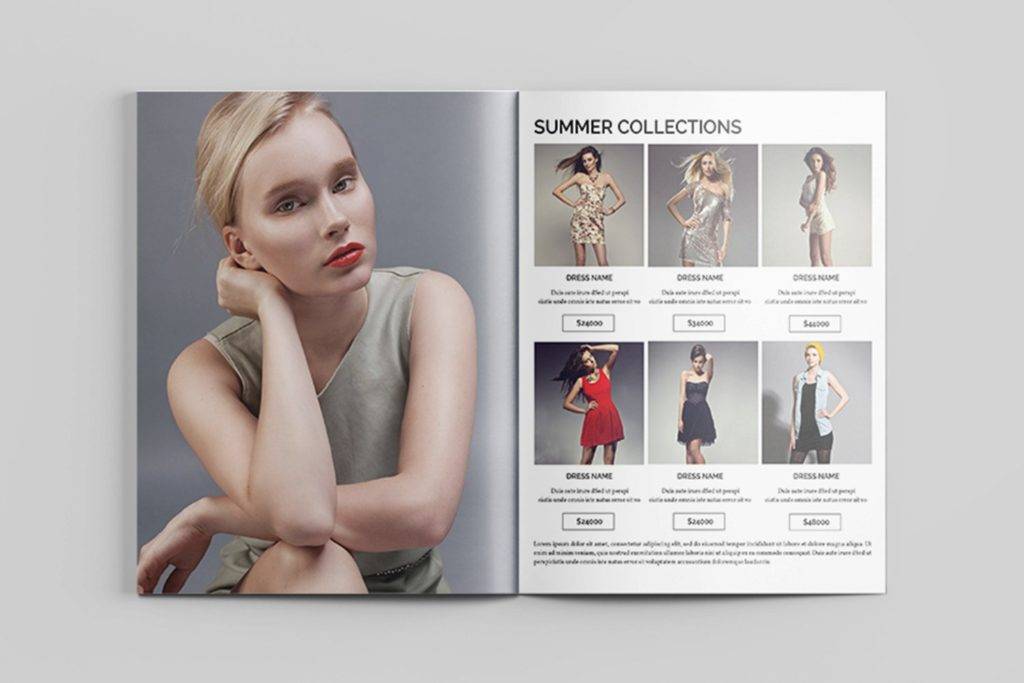
Stylish Fashion Portfolio Catalog Example
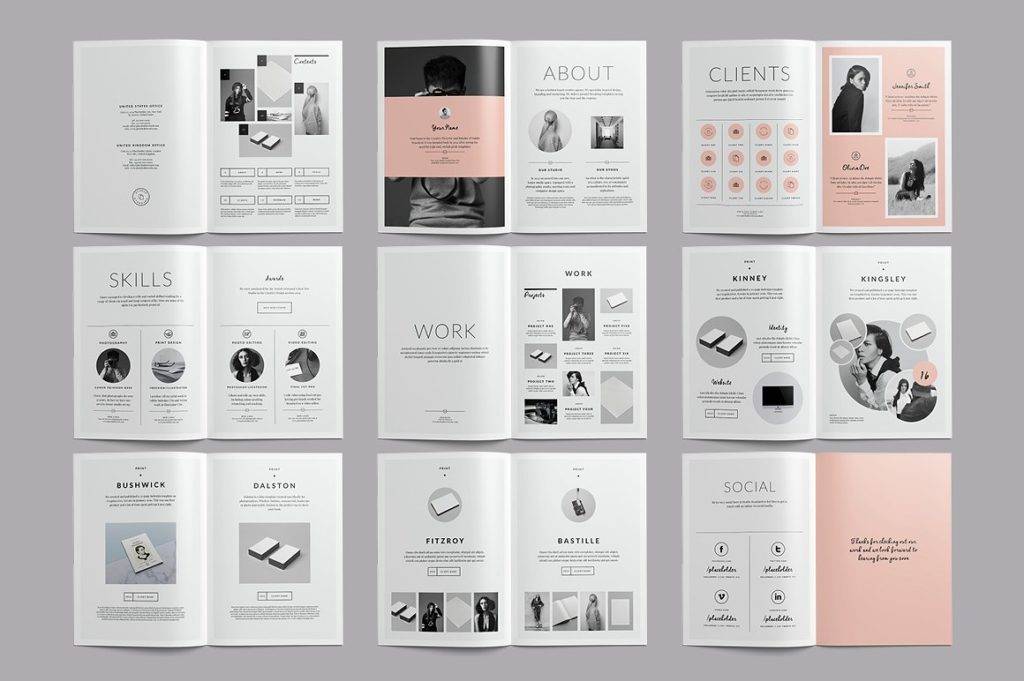
10 Tips to Creating the Perfect Fashion Portfolio Catalog
A designer’s mind is as enchanting as it is chaotic. Anyone entering a fashion program or applying for a fashion-related job position would know how challenging it is to create a good fashion portfolio. Breaking the industry and surviving in it won’t be a walk in the park, as you’re likely to face various challenges along the way, with criticisms and rejections being some of them.
You can never avoid the struggles of transitioning from being a student to a professional, but you can prepare for it. Assembling a portfolio won’t be as bad if you start developing it early on in your career. So if you’re just starting out, here are a few tips that might help pave the way to your first portfolio:
1. Follow the requirements.
Requirements may vary depending on the instructions provided by the school or company, which is why you need to make sure to read and follow them accordingly.
A lot of people make the mistake of submitting the same type of portfolios for different applications, even if it meant sending the wrong material. You need to make sure you turn up to an interview with a portfolio that addresses what an employer expects from you. Otherwise, they may not be too pleased about dealing with an applicant who failed to follow simple instructions. You may also see toy catalog designs & examples.
2. Prepare to be flexible.
Different jobs and courses will have different requirements, so you need to make sure that your portfolio can adapt to these changes. Prepare to take a few things in and out, without ruining the natural flow of the document.
Taking the unique concept of a fashion show as an example, you might have noticed how each creation complements that of another piece in the collection. While they all look stunning individually, when put together, they create an engaging story which represents the message the designer is trying to convey. A good portfolio should be just as interesting, even after you’ve removed a few of its parts. You may also like technology brochure designs and examples.
3. Find a good portfolio.
Buying the perfect portfolio is an important part of the process. You can choose between an A4 or letter size, or whatever is being asked from you. It’s best to choose something neutral, which means no weird colors, modern logos, or cheap binding. You also have to make sure that it’s of top quality and includes sleeves that are easily changeable. Avoid any other design elements or decorations that do not match the essence of your portfolio.
Laces and bows may look attractive on a scrapbook, but they aren’t exactly the perfect fit for a professional portfolio.
4. Know your strengths.
This obviously applies to everything in life, including your career and simple applications. Avoid including pieces that you aren’t quite good at, as this may affect a viewer’s perception toward you. It’s a good idea to improve your skills in a particular area before you begin adding it to your collection. The portfolio must consist of creations that showcase your expertise in a given craft.
5. Avoid adding unprofessional photo shoots.
Amateur shoots aren’t exactly a good ingredient to add to your portfolio. These days, having a good model and photo editing software is more important than getting a good photographer.
Some schools organize special photography workshops and classes to help students build their portfolios. Though you can’t expect to have a team of professionals at your feet when you’re a newbie, the least you could do is invest a bit more time, effort, and money to conduct a professional shoot. This makes a huge difference in your output, so the results will definitely be worth it. You may also check out interior design catalog examples.
6. Edit constantly.
What looks good to you might not leave the same effect on others. People who look at your portfolio might have been exposed to a dozen other portfolios that day, so you need to figure out a way to make yours extra special. Don’t bore people to death with your work. You might be interested in T-shirt catalog examples.
Instead, your portfolio should start and end strong. Refrain from adding anything mediocre, as you wouldn’t want to disappoint your audience with a so-so work that even a college freshman, with no experience whatsoever, can make.
Editing your portfolio may be a bit more challenging than creating the content itself, as you’re often forced to make difficult decisions on whether a certain piece should be added or not. Even then, it’s best to take the time to edit the document so that it isn’t too long and dragging. You may also see photography portfolio catalog designs examples.
Additionally, don’t forget to update your portfolio when necessary.
7. Aim for an excellent presentation.
In the world of fashion, presentation is EVERYTHING. This includes everything from the layout of each page to the presentation style you choose to work with.
Pay attention to the graphics used, as well as other elements such as font style, imagery, white space, consistency, and the quality of your paper. You don’t have to worry about making a lavish or flashy design, as simplicity is enough to leave your audience in awe. This is also a great time to consult your graphic designer friends for some advice on how it’s done. You may also like furniture brochure designs and examples.
8. Show your design process.
Most people like to see the process of how something is done. The design process provides an inside scoop of what a fashion designer goes through in order to complete a collection. This includes the research, development, experimentation, and fitting phases, among others. You can also opt to use photographs to show the transition from an idea to a finalized project. You may also check out minimal brochure examples and designs.
9. Focus on research and development.
In connection to what was previously mentioned, research and development is a critical phase that every designer struggles with the most. They could spend months studying a concept and still end up empty-handed. This is usually done before you can put pen to paper, as a crap load of research offers you a lot of insight on fashion trends and other related studies. You might be interested in multipurpose portfolio catalog examples.
10. Don’t limit yourself.
Though you may be applying for a fashion-focused course or job, you shouldn’t limit your content to all things fashion. Some schools and companies like to evaluate applicants based on what they could contribute to the institution as both a designer and a person, so if there are other things that you are good that might be an asset to the organization, don’t be afraid to mention it in your portfolio. You may also see A4 brochure designs and examples.
Professional Fashion Portfolio Catalog Example
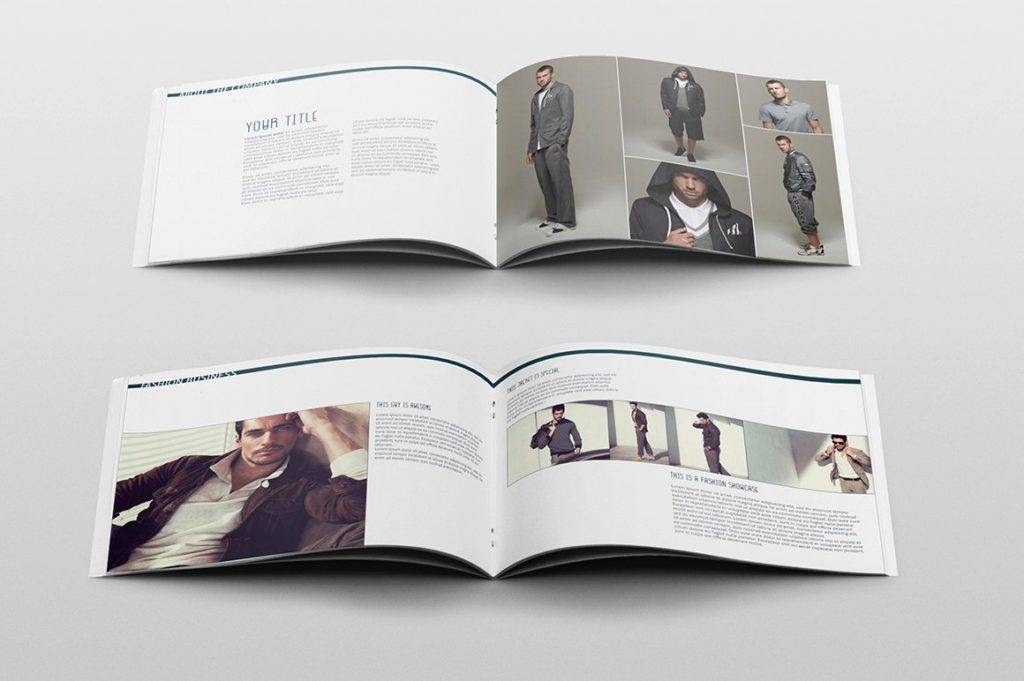
Simple Fashion Portfolio Catalog Example
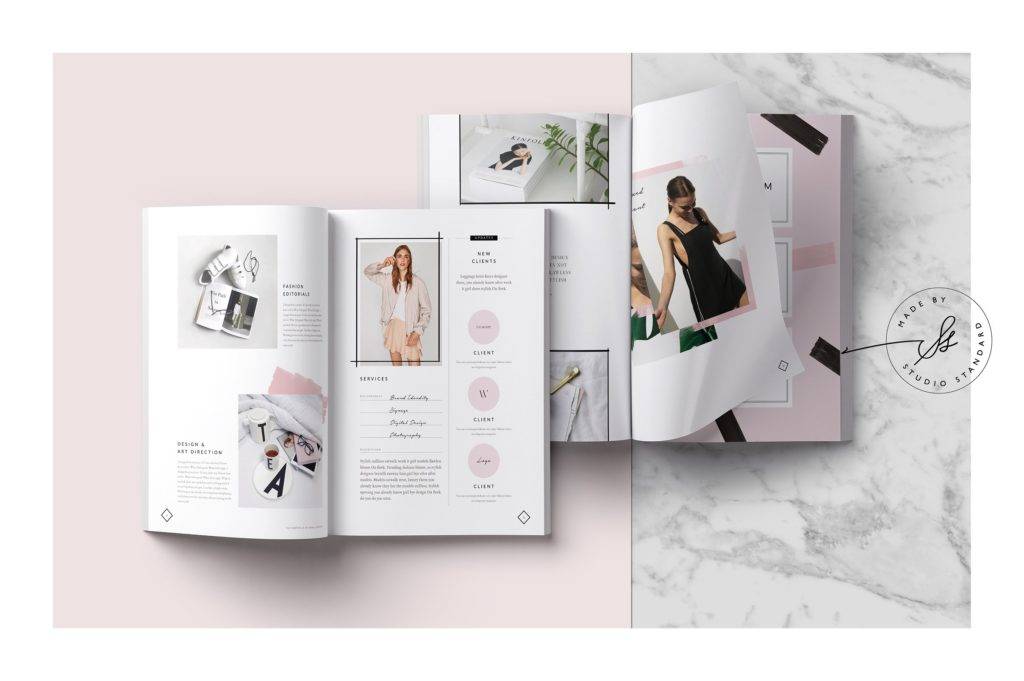
Luxury Fashion Portfolio Catalog Example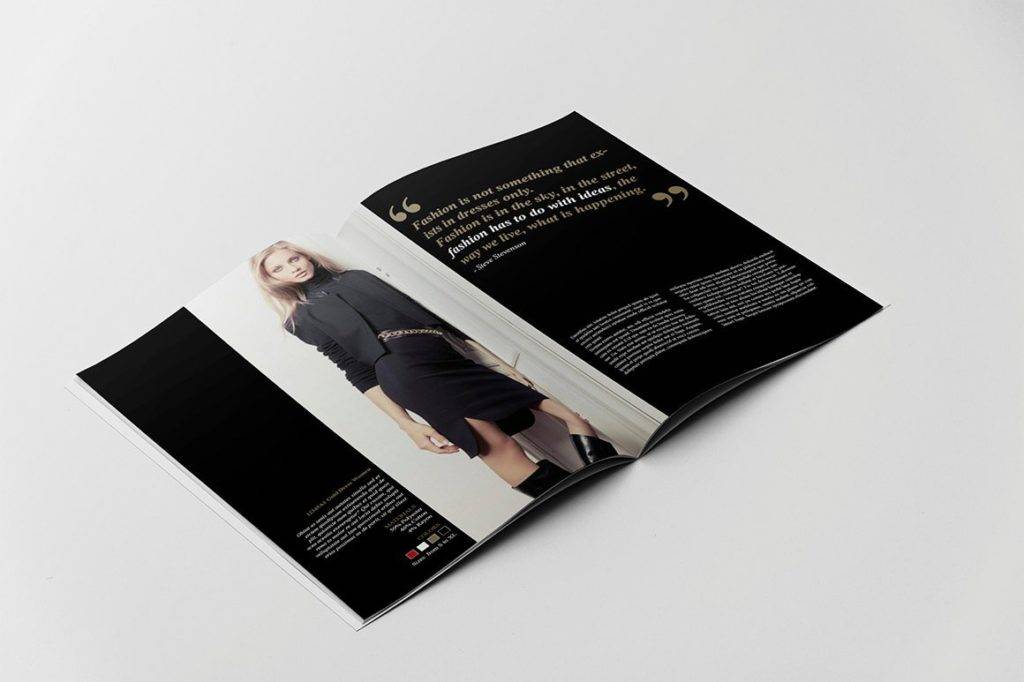
Portfolio catalogs allow you to present your skills and expertise in an informative and creative way for clients and recruiters to recognize. This serves as a valuable material to use during interviews, in order to capture the attention of your audience and keep them engaged. So if you find yourself in need of a fashion portfolio catalog, remember to use these guidelines and examples for reference. You may also see catering brochure designs and examples.


